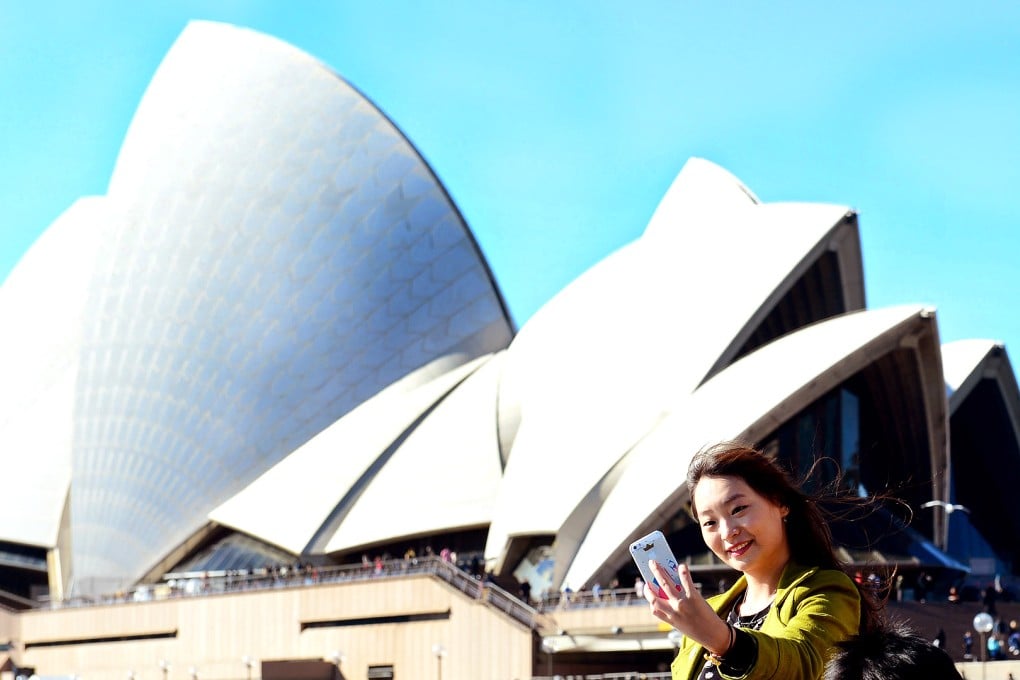Australian tourism chief hopes plunging currency can lure visitors from Hong Kong
Tourism chief says lower prices will boost Hongkongers’ spending

Australia’s dollar is coasting downward as China devalues the yuan, a situation Canberra hopes can translate into more of dollars coming in from Hong Kong – half a billion of them a year, to be exact.
Even though fewer people visit the country from Hong Kong than from most of its neighbours, Andrew Hogg, the new general manager of Tourism Australia who oversees the Greater China region, expressed optimism that the weaker currency would bring more of them south.
Some 202,000 Hongkongers visited Australia between June last year and end of this past May, an increase of 2.5 per cent from the same period prior.
However, the growth was much weaker than both Taiwan and South Korea, which saw increases of 6.7 per cent increase in the same time. Mainland China, meanwhile, logged 918,000 visitors to Australia during the same period, an astounding increase of 21.7 per cent from the year prior.
“Hong Kong is a very mature travel market; it’s certainly not an emerging travel market. The number is conservative in its growth, [but] it’s a good number to work from,” Hogg said.
With costs on the ground comparably lower thanks to a weakening dollar, Hogg said “hopefully people might do more travel to Australia.”
The Australian dollar has declined from a high of HK$8.50 in July 2011 to HK$5.60 on Wednesday. It was at HK$5.75 on Monday, the day before Beijing devalued the yuan.